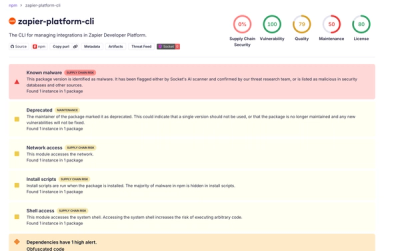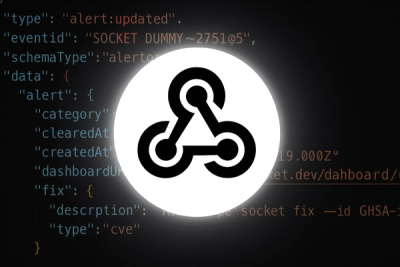Binary Information Flow Analysis tool using Angr
Angr_information_flow_analysis is an angr IFC analysis tool for unix binaries.
Install
Install using pip install information-flow-analysis.
Usage of analyze Information Flow Analysis object
import angr
import claripy
from information_flow_analysis import analysis
def main():
proj = angr.Project('implicit3.out', load_options={'auto_load_libs':False})
sym_arg_size = 15
arg0 = claripy.BVS('arg0', 8*sym_arg_size)
state = proj.factory.entry_state(args=['./implicit3.out', arg0])
high_addrs = [0x4011a6, 0x4011a9]
ifa = analysis.InformationFlowAnalysis(proj=proj,state=state,start="main",high_addrs=high_addrs)
ifa.analyze()
return 0
if __name__ == "__main__":
main()
Usage of find_explicit_leaks Information Flow Analysis object
import angr
import claripy
from information_flow_analysis import analysis
def main():
proj = angr.Project('implicit3.out', load_options={'auto_load_libs':False})
sym_arg_size = 15
arg0 = claripy.BVS('arg0', 8*sym_arg_size)
state = proj.factory.entry_state(args=['./implicit3.out', arg0])
high_addrs = [0x4011a6, 0x4011a9]
ifa = analysis.InformationFlowAnalysis(proj=proj,state=state,start="main",high_addrs=high_addrs)
ifa.find_explicit_leaks()
return 0
if __name__ == "__main__":
main()
Output relevant graphs
Output CFGS
Use out.cfgs() in order to print all relevant control flow graphs in an seperate /out folder.
An example of this is could be:
import angr
import claripy
from information_flow_analysis import out
def main():
proj = angr.Project('implicit3.out', load_options={'auto_load_libs':False})
sym_arg_size = 15
arg0 = claripy.BVS('arg0', 8*sym_arg_size)
state = proj.factory.entry_state(args=['./implicit3.out', arg0])
out.cfgs()
return 0
if __name__ == "__main__":
main()
Generally you want to look at the cfg_fast.pdf as it contains relevant information about instructions. This CFG is also very relevant in order to locate which high_addrs you will make confidential.
Output all relevant graphs within the InformationFlowAnalysis object
Use IFA.draw_everything() in order to print all relevant graphs contained in the IFA-object in an seperate /out folder.
An example of this is could be:
import angr
import claripy
from information_flow_analysis import analysis
def main():
proj = angr.Project('implicit3.out', load_options={'auto_load_libs':False})
sym_arg_size = 15
arg0 = claripy.BVS('arg0', 8*sym_arg_size)
state = proj.factory.entry_state(args=['./implicit3.out', arg0])
high_addrs = [0x4011a6, 0x4011a9]
ifa = analysis.InformationFlowAnalysis(proj=proj,state=state,start="main",high_addrs=high_addrs)
ifa.draw_everything()
return 0
if __name__ == "__main__":
main()
This is primarily used to debugging purposes or if you manually want to check for leaks. (NOTE: That you need to supply high_addrs in order to do this)



